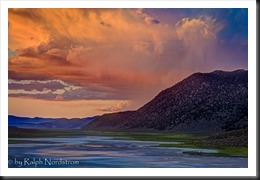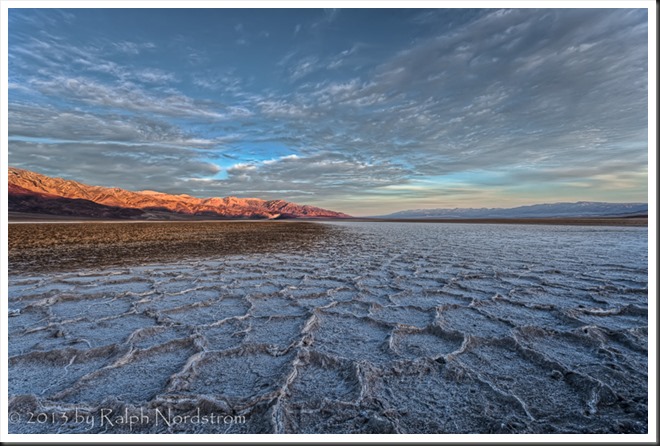What comes to mind when you think of a polarizing filter? It’s probably how it can darken blue skies. This is just one of the many things this versatile polarizer can do. Many photographers swear by them and some go so far as to keep them on their lenses all the time. But as far as darkening blue skies are concerned, polarizers can create more problems than they solve if you’re not careful.
But before getting into all that, just exactly what does a polarizing filter do? How does it darken blue skies?
It all starts with the fact that light is a wave. We speak of the color of light in terms of the frequency of the wave, just as we speak of the pitch of a sound in terms of its frequency. Red light has a lower frequency and blue light, a higher frequency. It’s as if light vibrates – up and down. And most light vibrates in all directions. But some forms of light vibrate in a single direction. This is called polarized light. For example, glaring light bouncing off the highway can be polarized in a horizontal direction. That’s why Polaroid sunglasses work. They block horizontally polarized light while allowing light polarized in the other directions to pass.
The same is true of a blue sky, or at least some of it. Depending on where the sun is, blue sky light is polarized to a greater or lesser extent. If you stand facing the sun and look through your polarizer, you will notice that it has no effect – the sky is not darkened. But if you continue to look through the polarizer and slowly turn away from the sun you will notice the sky gets darker and darker until the sun is directly over your shoulder. Continuing your turn, the sky will get lighter and lighter until the sun is directly behind you.
…as far as darkening blue skies are concerned, polarizers can create more problems than they solve if you’re not careful.
You can tell in which direction the effect is the greatest with this simple trick.
Continue reading “Polarizing Filters and Blue Skies”
(2129)









